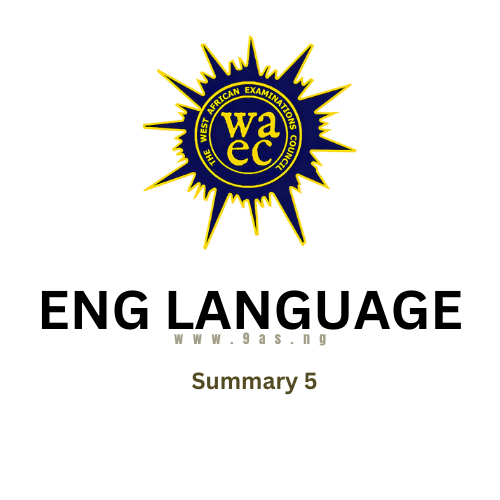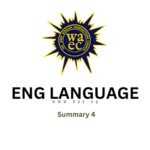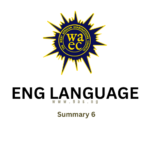Read the following passage and answer the questions on it.
Have you ever wondered how books get published before reaching the reader? Perhaps you assume that the author is solely responsible for designing, printing and getting the books distributed to readers. Actually, in most cases, it is not the author who originally conceives the idea of a book; rather, it is the publisher, based on the results of a market research, who decides on the type of book to publish. So, usually, the concept of a book begins with a market research which is an exercise carried out to establish the type of books which would sell fast among a specific group of readers.
The task of hunting for a good writer follows. The publishing house goes out to source for a writer, usually among the academics in the secondary or tertiary institutions. Sometimes, however, such a writer is found in other professions.
For instance, for a good jaw book, a senior advocate might be the best to consult. Discussions are held with the chosen writer to map out precisely the level of the language and the size of the book.
When the manuscript is submitted to the publisher, it is subjected to rigorous screening to establish whether it is good enough. Usually, a neutral assessor is found to do a thorough critique and recommend its suitability or otherwise. If it is found unsatisfactory, it is simply returned and that is the end of the matter. However, if it is found publishable, whatever amendments recommended by the assessor are used by the author as guidelines to update the work.
When the final manuscript has been accepted, it is further subjected to in-house editing by the editorial staff in the publishing house. Of course, most of these are themselves experts in English language as well as specialists in the particular field that the book covers. In most cases, they take a critical look at the language, as well as the currency of the content. So, where outdated facts are identified, the editorial division does the rectification. Furthermore, editors are good at economizing words; very often they cut down on the length of the material.
Whatever leaves the table of the editorial division goes into the publishing section. This has the task of doing the final typesetting, providing the pictures and illustrations where needed, and arranging for a printing press to handle the final production of the book. Contrary to what most people often assume, a printing press is not the same as a publishing company. Indeed, most publishing companies do not have printing presses. A printing press charges money for the printing and production of the number of copies demanded by the publishers. Once the payment has been made for the printing, and copies have been delivered by the printer, the role of the printer ends.
The publisher’s marketing division takes over the copies, advertises the book, goes out to the potential users and makes sales. Advertisement may be done on the radio and television networks, in newspaper and on billboards. The staff of the marketing division may meet schools and the ministry of education to get the book adopted. The wider the publicity the higher the sales are likely to be..
Questions
(a) In five sentences, one for each, summarize the five stages in the publication of a book.
(b) In one sentence, state how the publishing house creates awareness for a book.



